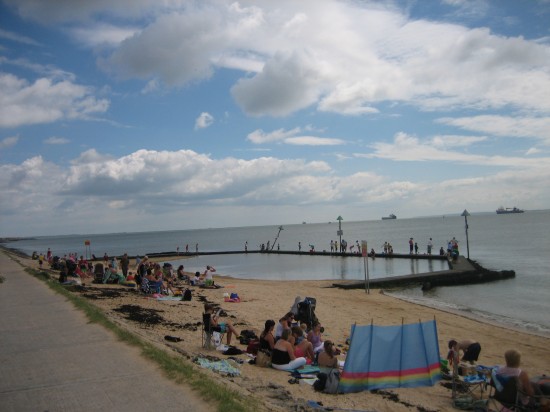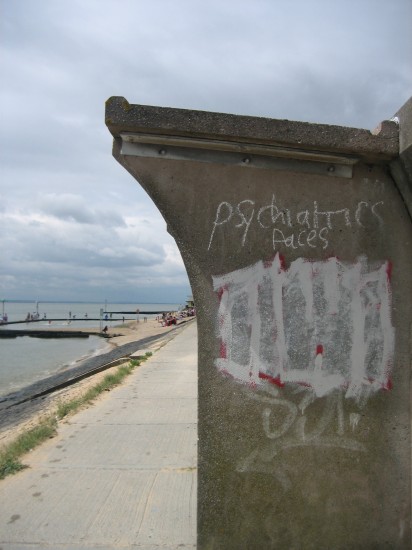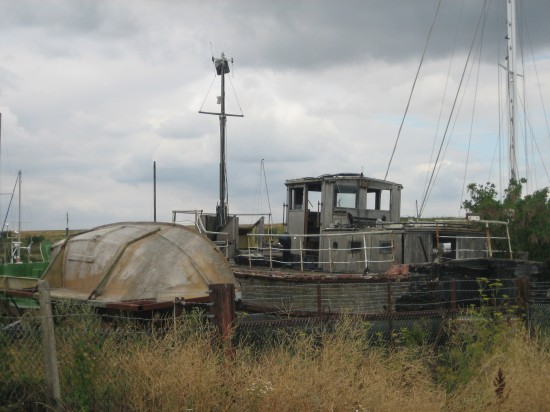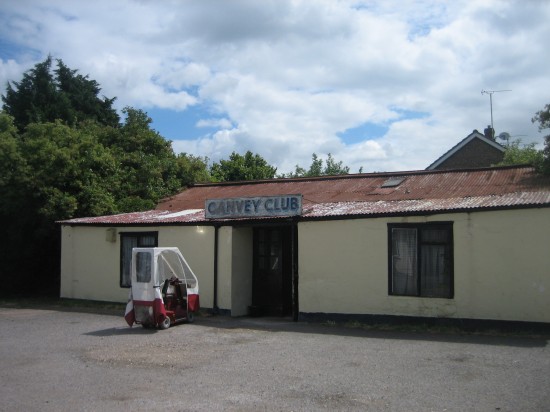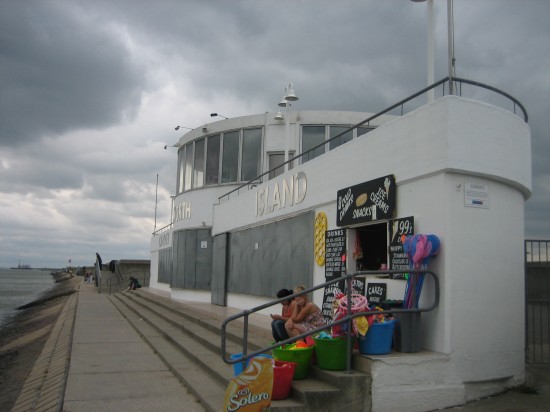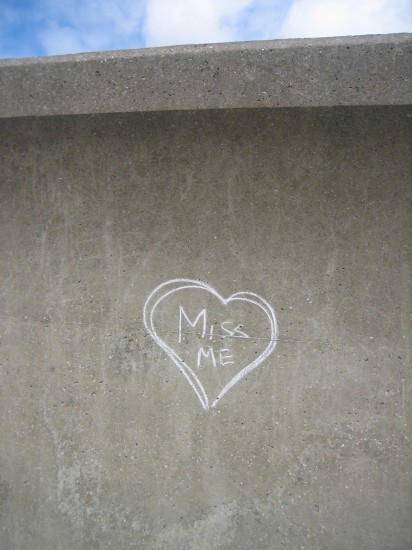by Jude Rogers
19. Island Lines
Andrew has wanted to go to Canvey Island for a while now. He has dreamt of it, lived it, breathed it already. The last time we walked together, to the end of the Lea, I sensed this in him, this need for air and water. He has a week’s holiday; I have been working all weekend. Time for a day return from London Fenchurch Street to Benfleet, a bus to the Eastern Esplanade, a walk on the wrong side of those tall concrete walls, looking at the sea that could overcome us so easily.
a. We go straight for the tides, where the Thames meets the wide, cold North Sea. Canvey Island has been inhabited since Roman times, despite always being at the mercy of the merciless waves. The flood of 1953 killed 58, water quickly reaching the ceilings of holiday bungalows. Without these defences, the land sitting under sea level yawns, blankly and bleakly, begging us to look at it, and look after it too.
The water seems endless, stretching out to the east beyond the long pier of Southend, pawing out to the South past the chichi resorts of Kent. Here, nothing is chi chi. Here, a small strip of sand is Essex’s St Tropez, with a 1920s paddling pool scratched into the shore. Next to the little white hutch, selling rubber rings and windbreaks, are mugs of milk-frothy coffee glittered with granules, dinners of chips and egg in yellow polystyrene, kids with brightly-coloured bathing costumes and long, holey nets.
b. Then we see the graffiti. It begins as we begin, and stammers out to the east, scrawled, stamped and shouted in white, rangy paint. At first, we smile at the bizarre poetry, written in a fever – “On my motorcycle Devon 1978 Girl in Caravan stopped lost asked me to join her”, “Rose Valley Girls, It’s Not Chris We Want It’s You”, “Off we went, my TV radio bookshelf Dad made for me”, an ill-advised picture of Julie Goodyear’s “chest grissle”. Then, all of a sudden, we sense something else. A scattershot story of Roy Griggs getting beaten up, “laid on hospital transport”, “psychiatric paces”. Words thrown out in a jumble like a jigsaw upended, syllables stuttering from a dissolving mind.
c. The words start to fade out. The clouds keep on knotting above. We go east for a mile or so past the floodgates, turn around the island’s south-eastern nub. Here we find two men enjoying their day.
We head north. We come to an old marina full of sleeping, rusting boats. We wonder how long they have been here, how long they might remain.
d. We then head inland from the coast, to try and take in the island’s saggy middle. The houses along the High Street are uniform and well-painted, sitting side by side like girls dressing for town. They were built in the Seventies, we guess, the decade when the island was getting attention, for the pub rock of Dr Feelgood that shook across the creek to the mainland, for the jutting lip of Lee Brilleaux as he squealed from the stage, for the energy that came burning and flashing right out of Oil City.
We turn a corner, and The Canvey Club – their drink-drizzled spiritual home – is there suddenly, squatting apologetically. Its corrugated roof is now a sad golden-brown, and it looks past its best, but then again, it always did. A mobility car sits outside it, waiting for its owner, who we hope is sitting inside with a warm pint of mild, a fag dangling from a wrinkled finger, a tired mouth reminiscing about the glory days in four-letter words.
e. We head back to the water, to the sky that tells us flatly where the shore begins. The Labworth Cafe is closed, like an elegant spaceship shut down for repair. Instead of cool cocktails and meals served on modernist crockery, lollipops and sandcastle buckets are sold from its side, the things that are still needed by the bathers who come here. This used to be the jewel of Canvey’s glittering crown. We can’t find out why its silver doors are bolted shut, and I still don’t know why.
We walk west, and look to where the country starts to weave into itself, before we stop by the paint that tells us Canvey is England’s Lourdes. We then look back, and look out, to the grey, heavy, slow, surging mass, and feel the wind in our hair, and our ears, and our lungs, and wonder why so much is still washed away.
Lines Made By Walking will return in a fortnight.
